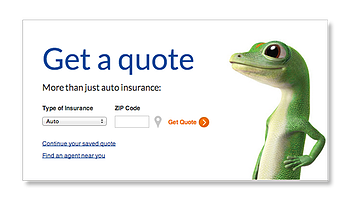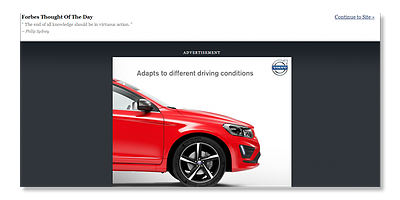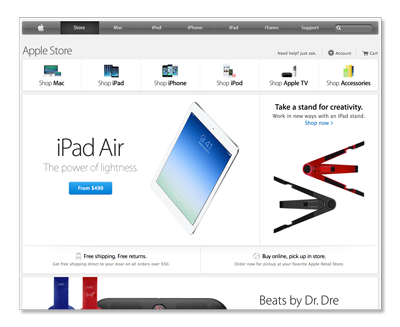


 Ever get a bit frustrated with civilization? No? Okay, maybe it’s just me. But, admit it: there are a few drawbacks to civilized society. Take, for instance, this whole enlightened idea of “job specialization."
Ever get a bit frustrated with civilization? No? Okay, maybe it’s just me. But, admit it: there are a few drawbacks to civilized society. Take, for instance, this whole enlightened idea of “job specialization."
I know what you're thinking: job specialization is great! What would we do without it? What would we do without glassblowers?!
And I understand what you mean! Glassblowing is great—and we need specialized, trained glassblowers to do it. But, like every specialization, sometimes I think my friends in the glassblowing industry get out of touch with their customers’ needs: They’re so busy blowing glass swans and window prisms that when it comes down to filling my order for six functional dinner glasses, the results don’t match up with my needs.
Yes, some nice detailing along the edges would be great, but how am I supposed to take a drink when there’s a colorful hummingbird figurine sitting on the rim!
As a more experienced marketer than I would probably say:
Just like glassblowers, web designers are specialists who grow up loving design and learning their art amidst people who are just like them. Too often, creative teams aren’t aligned with sales, and this can create problems for business websites.
I’d argue that websites should be more like dinner glasses than specialty glass figurines. Though, you could make your website into a glorified art piece, too much added design will hurt your website’s “drinkability.” Websites can be any company’s number one sales person, but they must be made to do the job!
The best salespeople are those who are charismatic, friendly, and have powerful techniques for getting customers to make a purchase. Yes—your website needs to look good, but more importantly, it needs to be comforting and useful to every customer who visits. On the web, the sites that users “drink up,” are those with powerful user experiences with natural calls-to-action and comprehensive site maps.
In other words, business websites need a team of people who might be specialists when working individually, but as a team, they operate with holistic understanding of customer needs. Teams like this will design the approach to their website with sales in mind, but they construct each page with the eye of an artist—knowing style, font, and use of imagery—and write copy with the balanced eye of a journalist.
So maybe job specialization isn’t as much as a pet peeve for me as I led on. In teams that work well together, it seems like having specialists for design, sales, content etc. is an important part of any business—and ultimately, these businesses keep the world turning.
So—why then, do we see all of these websites where it seems like only one specialist was in charge? Clearly, a number of companies in a variety of industries have trouble balancing a holistic, guided approach to their marketing. We see this all the time in some of the manufacturing firms we have helped, for instance. The individual guiding the business’ promotional outreach has spent his career almost exclusively working as a salesperson, which means he just doesn’t get the mindset of a web developer. You need people in leadership who can think across categories in order for marketing to work well.
Oddly enough, it seems to me that some companies just have this process down pat. They know the importance of taking a holistic approach—tying design and content to attraction and sales—and they don’t let their specialists guide their overall strategies.
Three industries’ companies stand out. I think every kind of company can take their cues from the websites these industries tend to produce:
 I love the car insurance industry—especially the big players—because they get personality, creativity, and humor, but they also understand the importance of efficient conversions. There are no glassblowers over in insurance; it’s all holistically minded marketers.
I love the car insurance industry—especially the big players—because they get personality, creativity, and humor, but they also understand the importance of efficient conversions. There are no glassblowers over in insurance; it’s all holistically minded marketers.
Take for instance, Geico and Allstate. Sure, these companies are mostly consumer-facing, but they also sell something that most B2B companies should really understand: a major considered purchase. People don’t take car insurance for granted. They want their monthly rates to be affordable, and they want good customer service. So, they consider a lot: referrals, internet research, ratings, etc.
What car insurance companies do well is they make attractive, well branded websites, but they focus their efforts on conversions. Every site you see has clever ways of asking customers to request quotes. They also provide tons of well-placed information—helpful guides, blogs, and referral articles—that describe to customers exactly how they should make their decision. This information, always leads eventually to a quote conversion opportunity, which is the insurance industry’s major middle-of-the-funnel gateway.

News and Magazine websites have a different sales model than other sites, which means that their development has shown some resilience to design trends. For instance, since parallax websites became popular in the last five years, most news and magazine sites have resisted making the transition. And I think it was a smart move!
When you’re selling something like pure content, publications can’t afford to make a user experience that draws out the time on each page, as parallax designs do. Instead, you want people to have multiple clear options, with plenty of content options to catch their eye. That’s why news sites offer a mix of headlines, breaking news alerts, and other visual CTAs that give their wide audience an open, choice-focused user experience.
Many news sites also show how interruption is also crucial to their business model. Notice that Forbes and the Christian Science Monitor gate their content with advertising. This is important for media outlets because they sell as their product exactly what most businesses use to promote their products: i.e. content. The important element to note about news’ and magazines’ strategy is that they still ensure strong design elements—even in their interruption ads—because again, they have a strong balance of understanding content in the context of both art and sales.
 Finally, eCommerce might just be the king of creating user experiences that optimize sales without decreasing powerful design.
Finally, eCommerce might just be the king of creating user experiences that optimize sales without decreasing powerful design.
Amazon.com is a particularly strong example of enabling the power of calls-to-action while providing plenty of information and through text and visuals. The entire site is personalized, so although there are plenty of products to show you—some designers might argue that it’s to the point of clutter—they all have some level of attraction, because they’re based on an individual’s personal shopping history.
Once a user clicks on a product, eCommerce websites, like the Apple Store are also particularly good at shortening the time it takes for you to make a purchase—again taking advantage of calls-to-action.
While service-based companies can’t utilize eCommerce the way product retailers can, they can still emphasize the same level of customer service and personalization that eCommerce companies provide. It just takes commitment to the overall user experience, rather than the specialization of a particular component of website construction.
Topics: Marketing Automation, Website Design
